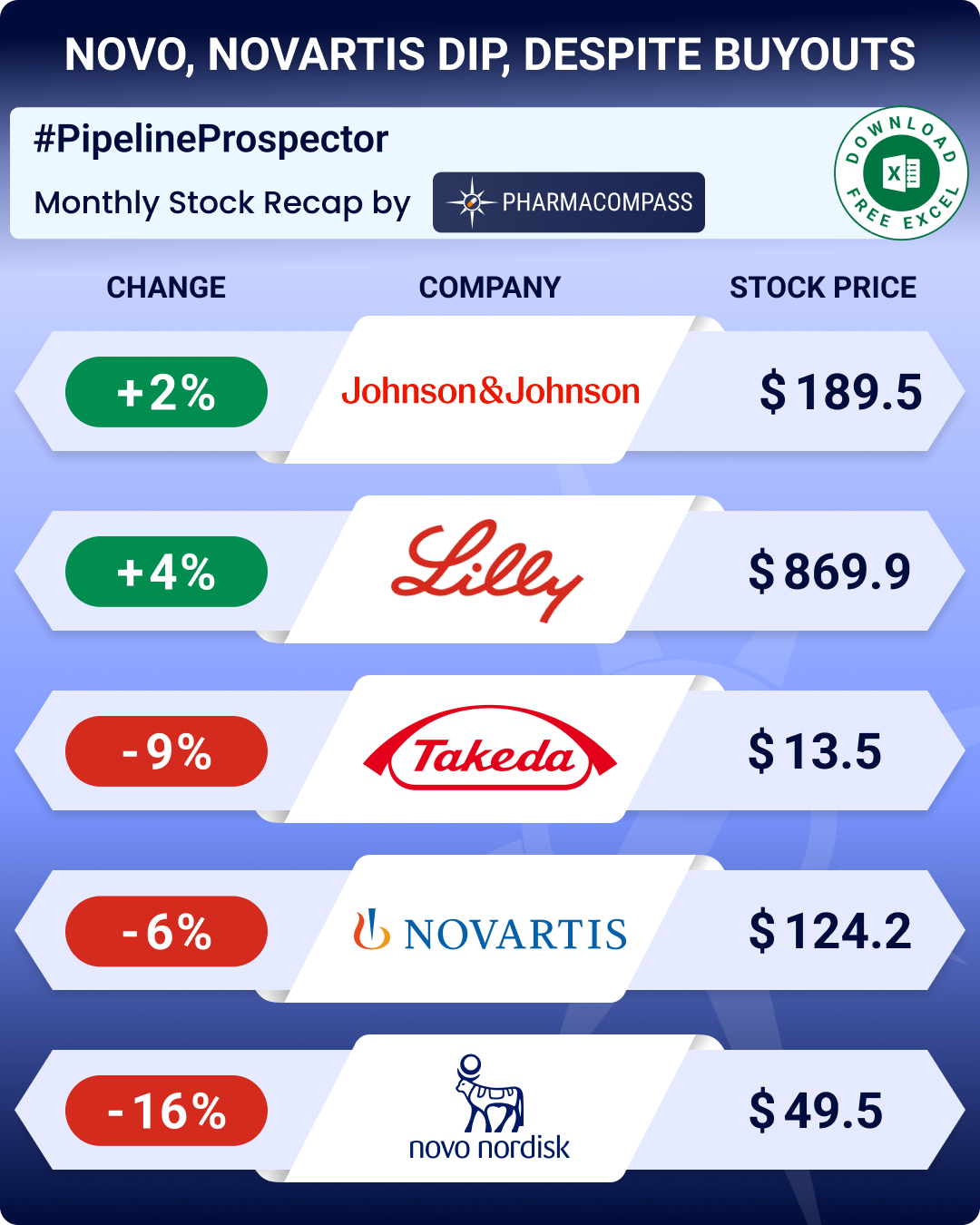
By PharmaCompass
2018-01-18
Impressions: 8793
On November 5, 2015, the US Food and Drug Administration (FDA) issued a warning letter to Indian drug major Dr Reddy’s Laboratories (DRL) as inspections at its active pharmaceutical ingredient (API) and finished pharmaceutical manufacturing operations revealed problems ranging from data-integrity violations to lapses in product quality control.
A repeat inspection of its finished pharmaceuticals operation — Formulation Technical Operation VII (FTO-Unit 7) at Duvvada (near Visakhapatnam) — from February 27, 2017 to March 8, 2017 revealed further problems.
After compiling PharmaCompass’ 2017 Recap of FDA Warning Letters, Import Alerts & EU Non-Compliances, we reviewed the 64 page Establishment Inspection Report (EIR) issued to DRL for the recent inspection at FTO-Unit 7.
In our review of the EIR to DRL, we look at how its findings can serve as a guide for all companies preparing for an upcoming FDA inspection.
It is important to note that while improper configuration of the audit trail software in quality control testing equipment has dominated discussions of GMP non-compliance over the past years, the problems at DRL highlight the shifting focus of inspections beyond audit trails.
We look at three key concerns that come across in the EIR, written by investigators Justin A. Boyd and Toyin B. Oladimeji. We bring out these concerns through quotes of the two investigators, and then suggest approaches to deal with each of these concerns.
Concern #1
Employee retraining is not an effective
corrective or preventive action for recurring problems
What FDA inspectors found at Dr Reddy’s
— “Thorough investigations were not performed and appropriate corrective and preventive actions was not implemented.”
— “I observed repeated OOS (out of specification) results, which were attributed to analyst errors. The most often implemented corrective action is awareness training. I explained to the firm management that it appeared the actual root cause is not being identified; therefore proper corrective actions have not been implemented to prevent reoccurrence.”
— “The corrective action was to perform additional training. However, the training was not effective in eliminating the repeated employee errors.”
Suggested approach #1 –
— Whenever a problem (deviation or OOS) occurs, consider dividing the planned corrective actions and preventive actions (CAPA) into two to ensure the problem does not recur in the future.
— While the first part of the CAPA may focus on human errors that resulted in the problem, there should be a second part that focusses solely on process or procedure re-engineering.
— Re-engineering the process or procedure in a way that it limits human intervention will ensure robust and reproducible procedures throughout the organization.
— Sometimes process re-engineering can be capital-intensive. However, the management at companies should continuously evaluate the tradeoff between the frequency of the problem being encountered, the capital cost involved to address it and the potential remediation costs should a warning letter be issued, as was the case at DRL.
Concern #2
There are situations where the use of
Microsoft Word and Microsoft Excel can become GMP relevant.
What FDA inspectors found at Dr Reddy’s
— “We observed that the laboratories and production areas had general use computers in which personnel were using Microsoft Word and Microsoft Excel. There were no procedures to describe the use or quality oversight of how these computers were used.”
— “During the inspection I attempted to review these computers to evaluate how they are being used in the GMP production areas and GMP laboratories. I found that recent files were listed in Microsoft Word and Microsoft Excel.”
— “However, these files would not open since they had been recently deleted and the ‘Recycle Bins’ had been emptied.”
— “When I asked analysts about how and why the documents were deleted, or what the documents had been used for, I was repeatedly provided false and misleading statements by employees in the chemistry laboratory, the microbiology laboratory, and the production area.”
Suggested approach #2 –
— Deleting documents on computers or disconnecting server access before an inspection generates a trust deficit with inspectors, which an organization is unlikely to overcome regardless of the explanations it provides.
— Since computers have become a way of life, it has become extremely important for an organization to spend time reviewing routine computer operations that can come under the purview of a GMP inspection.
It’s a fine line since general communication over email or the use of Microsoft Word or Excel to create draft documents are not likely to be the focus of a GMP inspection.
However, if the same email platform is used to communicate customer quality complaints or Microsoft Excel is used to calculate analytical test results then it is advisable for the organization to be prepared for a scrutiny of its computer systems and ensure there is quality oversight on its use to guarantee GMP compliance.
Concern #3
An in-depth, real-time scrutiny of
production and analytical operations and procedures
What FDA Inspectors found at Dr Reddy’s
— “We observed production activities as they were occurring. While we watched production, we verified the steps and documentation in the batch records. Review of the entry records for the area indicated that the records were not being documented contemporaneously.”
— “When we compared the production records to the biometric access records, we found that the personnel signing for the steps were not actually present at the time indicated in the records. ”
— “I reviewed the raw data from the analytical records for selected batches. I found the presence of unreported injections that appeared to be samples, even though they had been labeled as system suitability injections.”
— “When this employee was asked questions about what had occurred, he provided false and misleading statements.”
Suggested approach #3 –
— Pharmaceutical regulations mandate that an organization assures its Quality Assurance (QA) department is independent and not subordinate to any other organizational unit.
— As daily decisions influence an organization’s compliance standing, it is worthwhile stationing a QA personnel permanently on the production shop-floor and QC labs. This will ensure greater insight into a site’s operations.
— The constant presence of QA at the point of operations brings about the necessary transparency. And when an FDA inspector does visit the operations, issues like those that surfaced at Dr Reddy’s do not come up.
Our view
In August 2017, five months after the FDA inspection, DRL’s FTO-2 unit in Bachupally (in Hyderabad) failed a European inspection when German health authorities uncovered that the pharmaceutical quality system (PQS) at the operation was not effective.
The concerns raised at the FTO-2 unit were similar to those raised by the FDA at FTO-Unit 7 in Duvvada. However, FTO-Unit 7 received a certificate of GMP compliance from the German regulator after an inspection which was conducted in September 2017.
With time, the expectations of compliance standards by regulators will keep evolving. While there is no crystal ball to tell us what an inspector will look for, the three concerns highlighted above are an effort to provide pharmaceutical professionals with a sense of where the focus of inspections is headed.
In case you are interested in learning more about what inspectors have been looking for recently, you can request our Excel compilation of the 2017 Recap of FDA Warning Letters, Import Alerts & EU Non-Compliances which provides details about the observations made by regulators during the course of last year.
The PharmaCompass Newsletter – Sign Up, Stay Ahead
Feedback, help us to improve. Click here
Image Credit : Straight scale, compasses and map {2} by alt-n-anela could uncover more is licensed under CC BY 2.0
“ The article is based on the information available in public and which the author believes to be true. The author is not disseminating any information, which the author believes or knows, is confidential or in conflict with the privacy of any person. The views expressed or information supplied through this article is mere opinion and observation of the author. The author does not intend to defame, insult or, cause loss or damage to anyone, in any manner, through this article.”







